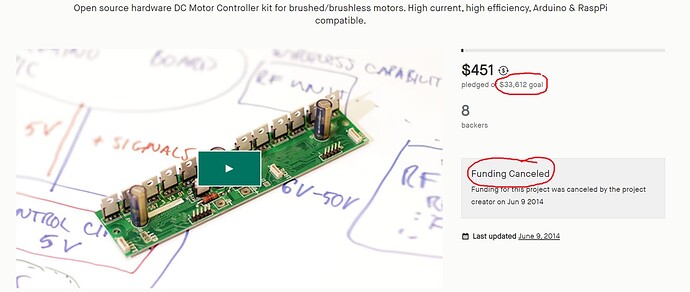There seems to be a problem on this page:
I realized only after buying boards that that system shown can’t work for the purpose. You can’t practically use N-channel mosfets on the high side like that, from what I read. N-channel mosfets are turned on by a positive on the gate, relative to the drain. It has to be like 5 volts or something higher at the gate than at the drain. When the drain is connected directly to ground, this works fine.
But the motor is in between ground and the drain, as soon as the mosfet turns on, the voltage on the drain would get close to the positive supply voltage, because the voltage is reduced by however much the resistance the current has crossed divided by the total resistance. The resistance of the transistor would be very low and the coils of the motor at least 10 ohms, not even considering induction.
I don’t know how it even stays on at all, I guess it achieves an equilibrium where the resistance of the transistor is such that the voltage at the drain is just enough to only just keep the transistor partially on, in a state of undesireably high resistance but not extremely high and not extremely low. This obviously implies that the voltage drop across the motor is way less than the intended voltage, and the transistor will get hot, possibly too hot. I guess if the motor was held still and the system allowed to achieve equilibrium it would be supply voltage minus very approximately the 5 volts (which varies between transistors).
This definitely is not going to give a nice sine wave, it will totally mess up the voltage from the system.
My understanding is rudimentary, I apologize, and I know, but who else would get trapped by such a problem. I was about to chop up the boards I bought to extract the N-channel mosfets and rewire them for use on the high side (the board wiring confines them to use on the low side when they are as they come). Fortunately I realized this is not going to work before I sacrificed that time and money…





